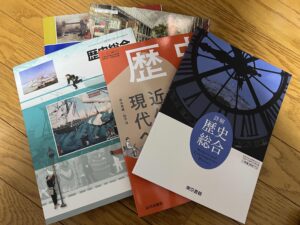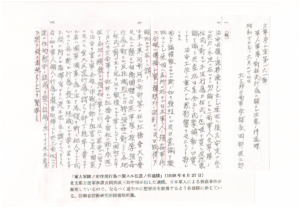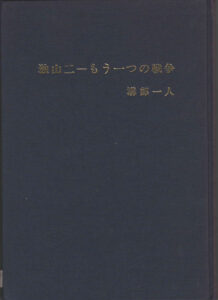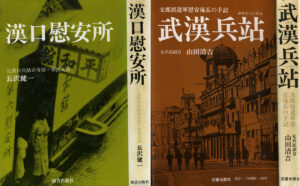The Japanese military “comfort women” are women who were taken to comfort stations established by the Japanese Army and Navy at the front and in occupied areas, and forced to provide sex to Japanese military and civilian personnel. Comfort stations were in operation from the Shanghai Incident of 1932 until Japan’s surrender in 1945.
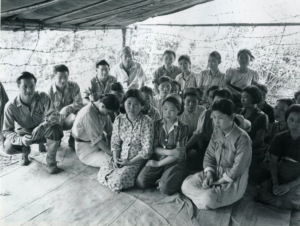
20 Korean “comfort women” protected in Burma
“Comfort” means relaxation and freedom from pain or anxiety. , The military used this term to give the impression that comfort stations were oases for the mind while concealing the fact that they were places for military personnel to have sex.
Young women of many nationalities and indigenous groups were forced to be “comfort women”: Japanese, Korean, Taiwanese, Chinese, Filipino, Indonesian, Vietnamese, Malay, Thai, Burmese, Indian, Timorese, Chamorro, Dutch, Eurasian, , etc. However, an overwhelming proportion of themwas non-Japanese: Korean, Chinese, Filipino, Indonesian, etc..
Almost all these women were from economically poor households or in difficulties because of the war. Some were deceived with false promises of employment, while others were intimidated or taken forcibly from their homes, then sold and trafficked.
Although international treaties which Japan had signed (the International Convention for the Suppression of the White Slave Traffic of 1910 and the International Convention for the Suppression of the Traffic in Women and Children of 1921) made it illegal to take women under the age of 21 out of the country even with their consent, those forced to be “comfort women” included many underage girls. For example, according to official documents, a 14-year-old girl from Taiwan was taken to a comfort station in Guangdong province.
The Japanese military made comfort stations in occupied territories in China, Southeast Asia and the Pacific region . It also made them in the Indian-controlled Andaman and Nicobar Islands, the then Japanese Mandate for Palau and Truk Islands, and near the border in North Korea and the Kuril Islands . When the American military was approaching Japan, comfort stations were established in Taiwan and Okinawa where Japanese military units were dispatched. And in 1945, when units for decisive battles on the mainland were assembled,. still more comfort stations appeared in southern Kyushu, Shikoku and on the Boso peninsula.
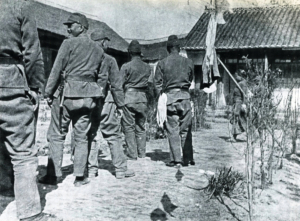
Japanese soldiers lining up in front of a comfort station in China (Moriyasu Murase, I went to the China Front, Page 107)
In 1991, Kim Hak-Sun, a former Korean “comfort woman”, broke her silence of nearly 50 years to come forward and testify. The “comfort women” issue then came to be viewed as a grave human rights violation by the Japanese military. The Japanese government claimed that the “comfort women” were accompanied by “private business operators,” and that the military was not involved. When an official document showing that the military was deeply involved was discovered in 1992, however, the government withdrew this explanation, and in 1993, Chief Cabinet Secretary Yohei Kono issued an official statement acknowledging the involvement of the military and grave human rights violations.
Since the term “comfort women” is a euphemism that conceals the reality, we place it in quotation marks. Internationally, the “comfort women” system is expressed as “sexual slavery”.
From the 1930s through World War Ⅱ, Japan appears to be the only nation with such a military-wide system of sexual slavery approved by central command . Although the German military seems to have had a similar system, because Germany didn’t have colonies after World War Ⅰ, it didn’t forcibly recruit women from colonies as Japan did.

